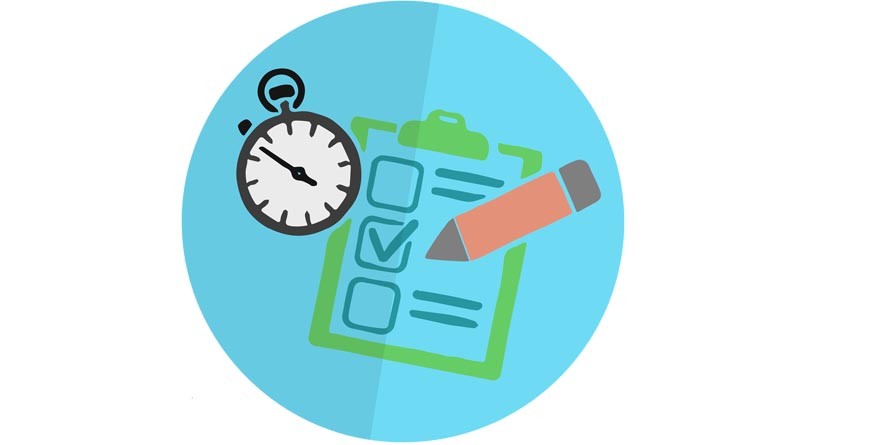
How to Pass NCEES PE Certification Exam?
The Principles and Practice of Engineering (PE) exam will test your ability to practice in a particular engineering discipline competently. It is designed for engineers who have gained at minimum four years’ post-college work experience in their chosen engineering discipline. Each PE exam lasts 8 hours and is split into a morning and an afternoon session. Be prepared for the PE exam by
- Reviewing the PE exam specifications and design standards
- Reading the reference materials
- Understanding scoring and reporting
- Viewing the most up-to-date PE exam pass rates
Familiarize yourself with your state licensing board’s unique registration procedures before registering for a PE exam. Special accommodations are available for examinees who meet certain eligibility criteria and sufficiently document their request.
Exam fees
The cost to take the PE exam varies from state to state (or foreign location). Depending on where you register, fees may be paid directly to NCEES, a state licensing board, or a designee of the board. Visit the engineering licensure section, and select your exam location for more information about your registration fees and payees. You may be prompted to contact your state licensing board (or foreign entity) directly.
Reference materials
The PE exam is an open-book exam. You are allowed to bring bound reference materials, but they must remain bound during the exam. Loose paper may be bound with
- ring binders,
- brads,
- plastic snap binders,
- spiral-bound notebooks,
- and screw posts.
No staples will be permitted. Sticky notes and flags are permitted only when attached to bound materials. More information is available in the NCEES Examinee Guide.
Scoring and reporting
PE exam results are generally released to the licensing boards 8-10 weeks after the exam. Depending on your state, you will be notified of your exam results online through your MyNCEES account or via postal mail from your state licensing board.



